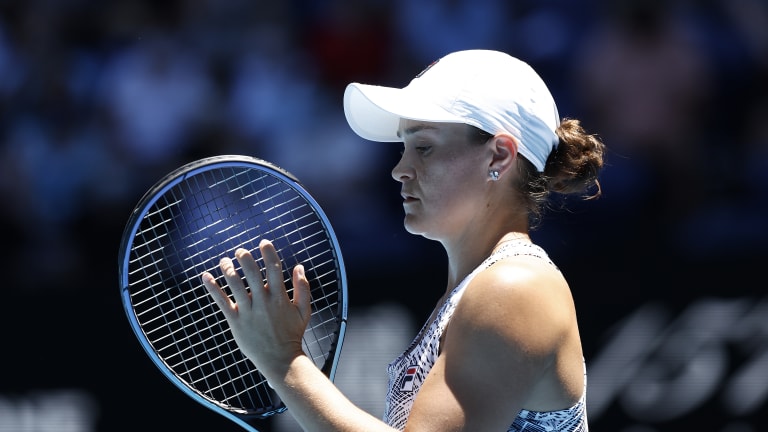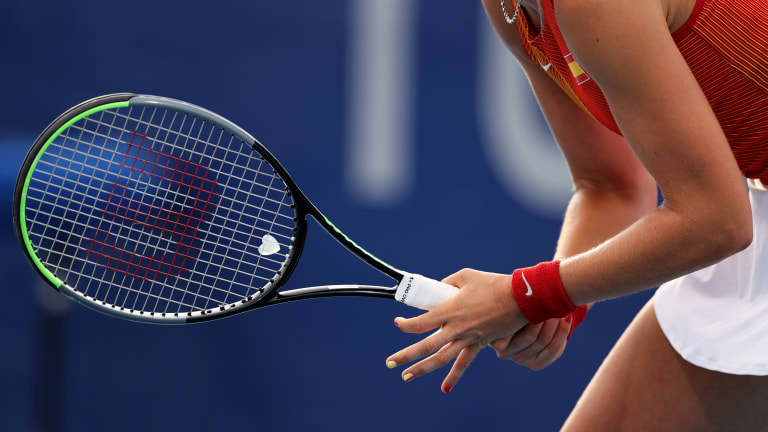It’s an old cliché, but that doesn’t make it any less true: Your strings are the only thing that touches the ball.
Racquets get the spotlight, but when it comes to the hitting experience, strings are a big part of the equation. And it’s not just picking the appropriate strings for your game; it’s maintaining them in a way that brings out your best tennis. That means recognizing the value of regular restringing.
The original school of thought was that you waited until the string broke to replace it. The problem with that is many players don’t hit hard enough, or with enough spin, to ever break a string. (With the shift to monofilament polyester—which are resistant to notching and fraying—it is even more difficult to identify visual cues of strings needing to be replaced.) Conventional wisdom evolved to matching string replacement over the course of a year with the amount of times played in a week. In other words, if you play 1-to-2 times per week, you should restring 1-to-2 times per year.
This is too broad a blanket to cover all types of players, and other considerations should factor into the rate players get their racquets restrung. Just as a jogger spending an hour leisurely circling a track will degrade shoes slower than a serious runner pounding pavement for the same amount of time, aggressive strikes with fast, spin-laden strokes will abuse strings much faster than flat-hitting doubles specialists with tempered swings.
String composition is also a determinant. For instance, polyester strings are often exceptionally durable, yet lose their playability and tension much faster than a multifilament. Once a poly stops snapping back into place and needs regular realignment, it’s generally a good idea to cut it out, even if it’s well before the point of breakage.
The reason being, strings are just like players—they don’t perform at their best when they’re fatigued. When strings break down, they lose liveliness, produce a less dependable ball and force the user, even unknowingly, to adjust swings to compensate. After playing with a set of strings for
a period of time, take inventory of certain characteristics: Are you working harder to create pace and spin? Is shot predictability starting to waver? Is there still a “thud” sound at contact?
When you start not liking the answers to those questions, it’s time to visit your stringer. If you need help finding a local one, the USRSA has a “Find a Stringer” application on its website; if none are located in your area, Tennis-Point.com offers a mail-in service.

